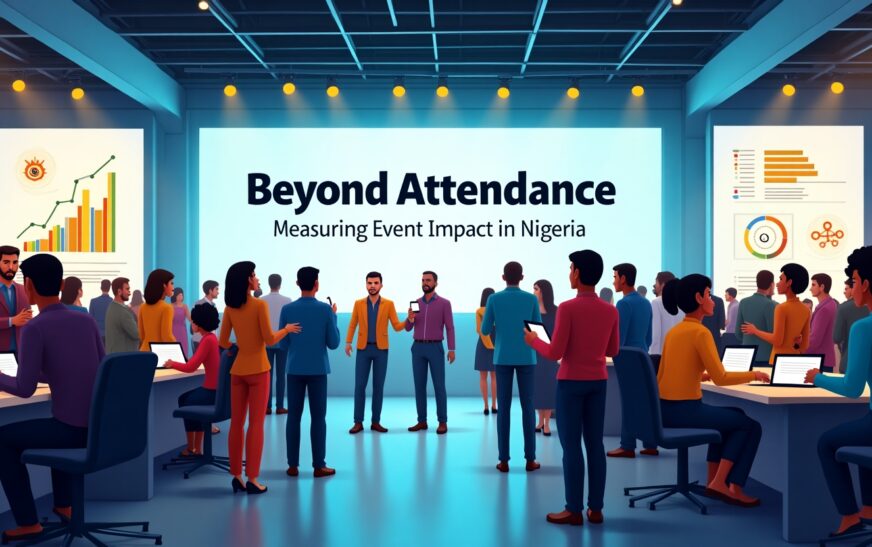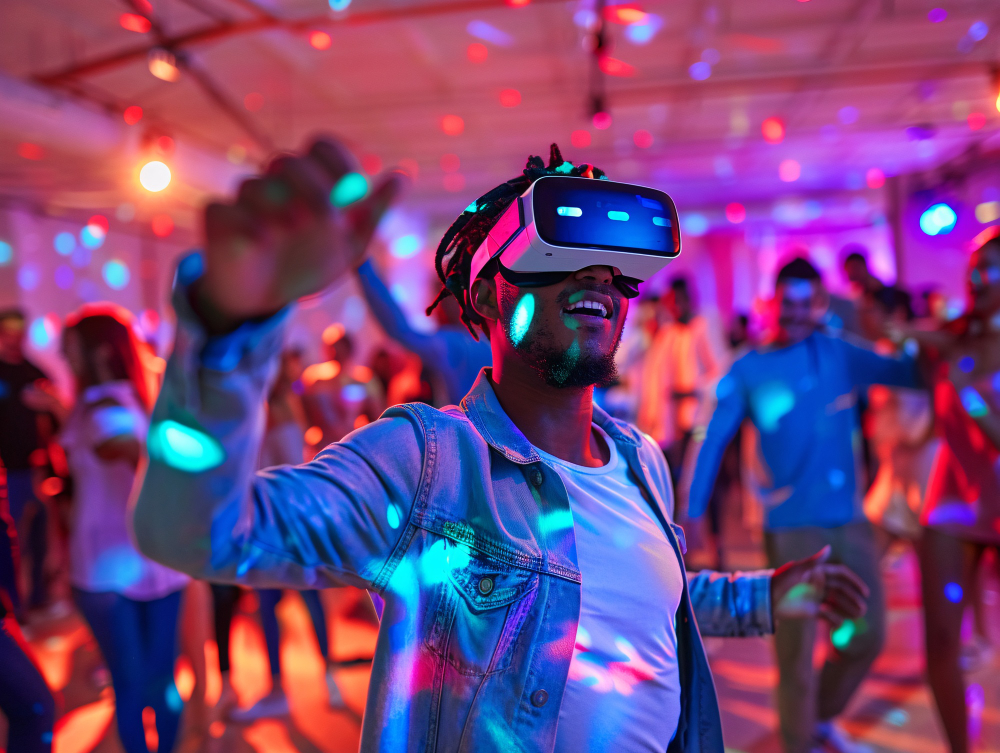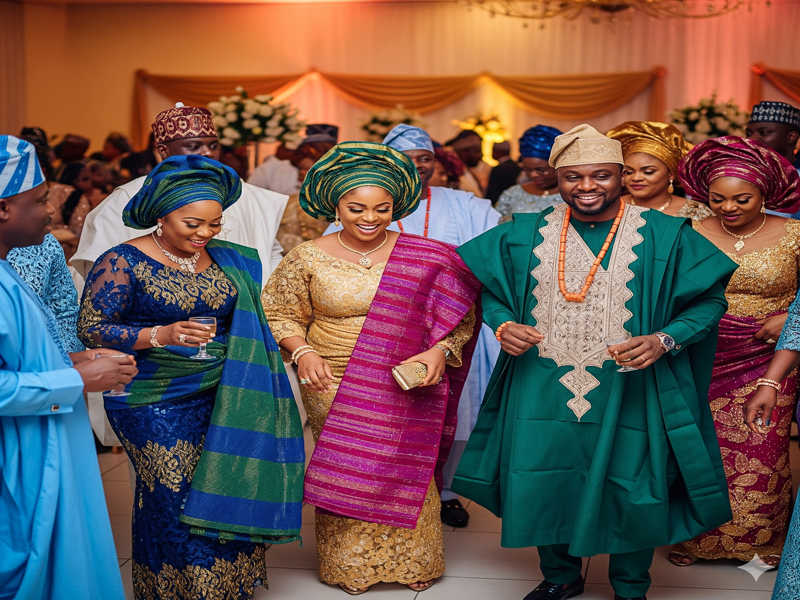Many event organisers, especially in Nigeria, are still measuring event impact by the number of attendees only and ignoring critical indicators. Times are changing and the use of attendance alone is no more a valid indicator for the measurement of event impact. Today’s audiences, especially young Nigerians, demand more than just a seat; they crave engagement, value, and a memorable experience.
On paper, a well-attended event could seem impressive, but it doesn’t always accurately represent the event’s impact or how attendees felt or what they learnt from it. Thus, the question that needs to be asked is, Did they interact? Were they motivated? Are they coming back?
In this post, we’ll look at key performance indicators that go deeper and beyond the number of attendees to help you measure what’s truly important in your events. We will also explore some examples to gain better understanding.
So let us get started and explore the key metrics to measure true event impact.
1. Effectiveness of Content
The content of the event or the event content, is an indicator that many event organisers have overlooked. It simply refers to any informational, educational, or entertaining material shared, presented, or given during an event to engage and provide value to attendees.
Some examples may include keynote speeches, panel discussions, breakout sessions or workshops, slide presentations, videos and multimedia, handouts or brochures, event app materials (polls, quizzes, speaker bios) and on-demand recordings (for hybrid or virtual events).
It is one of the most significant factors in designing the event experience and meeting your objectives.
For the content of the event to be impactful, it must first be made to align with the event objectives that have been set already. Every part of the content should be seen to contribute to the attainment of the set target. Content that does not sync with the set objectives will be a waste of time and resources. Secondly, the content must be fashioned such that it resonates with attendees. How do you know when this happens? It sparks engagement organically. It also means that it contains value and is useful such that it can be taken away, shared, discussed and followed up on.
Interestingly, you can measure the effectiveness of the event content by some simple ways , one being the number of questions that sparked engagement and discussions in the room and the number of downloads that had occurred via the event app or other social media platforms involved. The number of social shares it had generated and the rate of traditional news channel coverage it had gained.
2. Effective engagement of attendees
Audience engagement refers to how attendees participate fully and connect emotionally throughout an event. It is another major way to measure event impact beyond just the number of attendees at the event. No matter the kind of event that is being organised these days, all the attendees crave is experience. They are searching for opportunities that will satisfy their curiosities, quench some emotional thirst and answer some technical questions.
High engagement means that the attendees are mentally and emotionally invested and consciously present at the event. At this point the event organisers are able to sell anything and be sure to gain the interest or patronage of the attendees.
You can measure the event impact of this by looking at how the attendees interact with the surveys and polls as well as the in-app activities in the case of using an event app. We can also look at the rate of comments and other activities on social media, event website etc.
3. Generation of leads and/or prospects
Event impact can also be measured through how many leads or prospects have been generated as a result of the various activities that were deployed at the event. Lead generation simply means the process, or practice, of discovering and developing potential clients for a company’s goods or services.
During a sales event or a PR event, a qualified lead can be generated; they are people who have shown genuine interest in the company’s product or services and are willing to get into the next step of the purchasing journey. In addition, qualified leads are generated through sign-ups, visits to exhibition stands or booths, filling of coupons and referrals.
However, to effectively create the impact, follow-up has to be consistent and persistent through tracking the sources of the lead in order to increase engagement levels and constant interaction after the event. Create opportunities to guide them through the necessary process through the purchasing journey.
This event impact can be measured through the number of prospects that have been generated so far during the event.
4. PR value and brand awareness
The PR value of an event is the measurement of the financial value of the PR that would have been incurred if the PR effort was actually paid for through real advertising means. In other words a PR value is a free advertisement through press coverage on television, radio, blogs, and newspapers.
For example, over four months ago, I was largely involved in organising, coordinating and providing technical support for an NGO that organised a national conference on democracy in Nigeria. The two-day event with less than two hundred persons attracted the former vice president of Ghana as the keynote speaker and the attorneys general of Nigeria and Ghana. Past and present ministers and governors as well as political juggernaut personalities were also in attendance.
Engagement at the event sparked national debates and discussion so much that every television and radio station, both national and cable, covered the events; even those who weren’t present at the event approached their colleagues for video clips and soundtracks of the event. This coverage lasted in the media for over a week.
Imagine how much money we were going to incur if we were to pay for advertising rates for the coverage made by these media channels, not for just a few days but for a week.
In conclusion, the ultimate success of an event lies far beyond the number of seats filled—it is found in the depth of engagement, the relevancy and efficacy of the content, the strength of leads generated, and the level of brand visibility and public relations value achieved. As illustrated by the national democracy conference, even a lightly attended event may have a large national influence when the correct strategies are in place.











